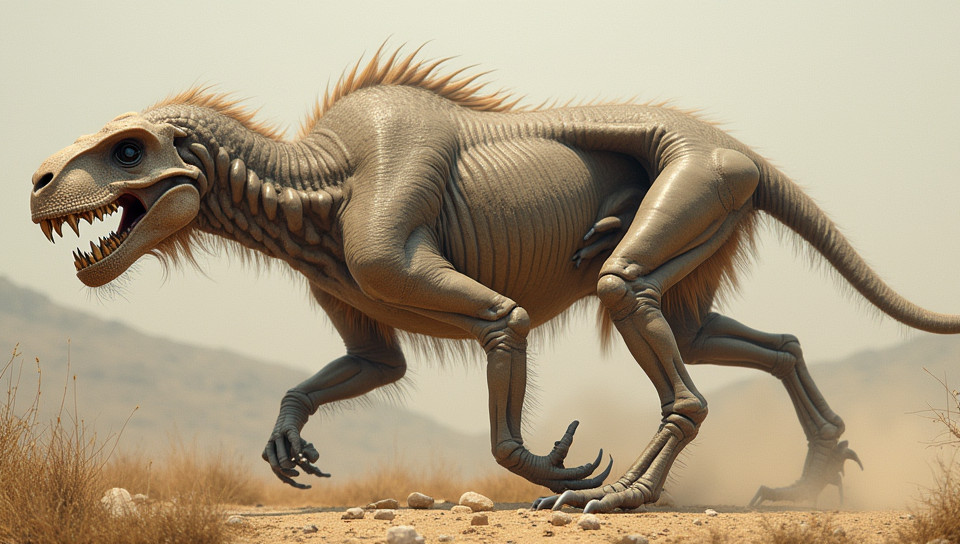Human bipedalism is the exploitation of locomotor behavior 86%

The Evolution of Human Movement: Unpacking the Exploitation of Locomotor Behavior
As we walk, run, or even just stand, it's easy to take our bipedalism for granted. But have you ever stopped to think about why humans adopted this unique form of locomotion? The answer lies in the complex interplay between evolution, environment, and physical adaptation.
The Emergence of Bipedalism
Bipedalism is a trait that distinguishes us from our primate cousins. While early hominins like Australopithecus afarensis likely walked upright on two legs for some distance, it wasn't until the appearance of Homo erectus around 1.8 million years ago that bipedalism became a more widespread and consistent behavior.
The Advantages of Bipedalism
So why did humans become so enamored with walking on two legs? The advantages are numerous:
- Improved mobility and speed over long distances
- Enhanced visibility and surveillance capabilities
- Increased flexibility in terms of carrying capacity and tool use
- Ability to access new food sources and habitats
A Case Study: Human Migration and Exploration
The exploitation of bipedalism played a crucial role in human migration and exploration. As our ancestors walked across vast expanses, they were able to expand their territorial range, discover new resources, and adapt to diverse environments.
The Limitations of Bipedalism
While bipedalism has been instrumental in human success, it also comes with its own set of limitations:
- Increased energy expenditure compared to quadrupedal locomotion
- Reduced stability and balance on uneven terrain
- Limited flexibility in terms of adapting to changing environments
Conclusion
Human bipedalism is a testament to our species' remarkable adaptability and capacity for innovation. By exploiting locomotor behavior, we were able to tap into new resources, expand our territorial range, and overcome challenges that might have otherwise hindered our progress.
In the end, it's not just about walking on two legs – it's about harnessing the power of bipedalism to drive human evolution forward. As we continue to push the boundaries of what is possible, let us remember the ancient roots of this fundamental aspect of our species' identity and the incredible advantages it has afforded us.
- Created by: Andriy Savchenko
- Created at: Feb. 22, 2025, 8:55 p.m.
- ID: 21032



